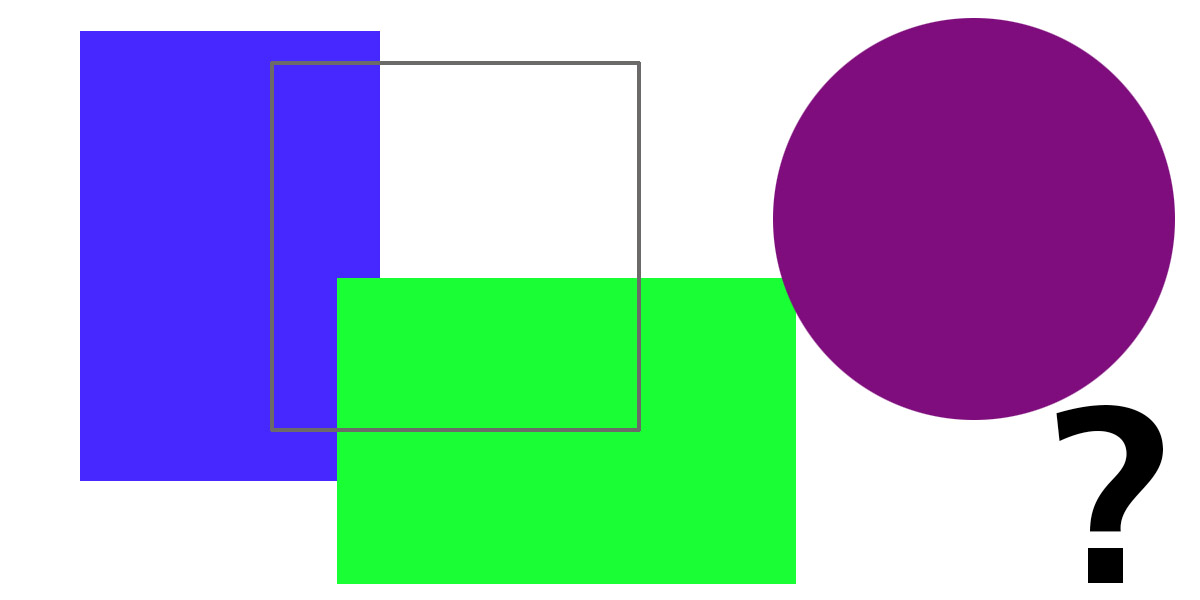Aspect Ratio and File Size – Avoiding Problems
We do a lot of business portraits. The majority of assignments (by far) go smoothly. In the cases where it doesn’t go quite so smoothly the issue often has to do with communication prior to photography and delivery.
Aspect Ratio
What is “Aspect Ratio“?
In a nutshell, this is a description of the image’s width vs. its height.
Unless instructed otherwise, we assume a portrait will be in, well… “portrait” mode which means it’s taller than it is wide. Vertical in other words.
Why does this matter?
Here’s one example. LinkedIn profile photos are square. If the intention is to use a portrait image for a LinkedIn profile, we need to capture our images a little looser than we might normally in order to give some room on the sides for a comfortable square crop.
Additionally we are seeing websites with round crops for bio photos(!), or executive portraits presented in “landscape” or horizontal mode. That’s easy enough to do if we know that’s the objective ahead of time. It’s seldom successful if we only find out about it afterwards. Unfortunately we can’t reconstruct shoulders which were cropped in a vertical capture.
Many of our direct contacts aren’t website designers. The people who make arrangements with us may not have gotten the design specifications. When setting up an assignment, any specs or other information you can communicate goes a long way toward ensuring that we will deliver images which meet your needs and design requirements.
File Size
Another situation in which communication is helpful relates to file size. Certain content management systems simply won’t accept a file over a certain size (whether that size is expressed in pixels or kilobytes). More than once we have been asked to provide a print resolution image only to discover later that frustration ensued when the subject’s intranet rejected the image as too large for a bio image.
Many of our clients ask to have final selected portrait images delivered in multiple sizes and resolutions, optimized for different uses. Don’t ever hesitate to ask us for that ahead of time. It will save time and frustration at both ends if we know your needs from the start.
By the way, file size communicated in MB or KB (megabytes or kilobytes) isn’t particularly helpful. JPEG compression results in different file sizes depending on the subject and background. A completely reliable and repeatable specification expresses image requirements in pixels wide by pixels high for web use (for example: 400px by 600px). Inches wide by inches tall at a stated resolution is more helpful for images intended for print (for example: 4″ x 6″ at 300 ppi). All three units (width, height, resolution) are meaningful. Sadly, the familiar term “high resolution” sounds like it means something specific but it really doesn’t.
Note that the standard convention is to express width first and height second. “4×6” means 4 units wide by 6 units high. (Units for digital images are typically expressed in pixels or inches.)
The more we know about what you need, the more likely it is we can provide you with the ideal resources on the first try. Tell us everything you know. And if things change with a website redesign, tell us that, too!

